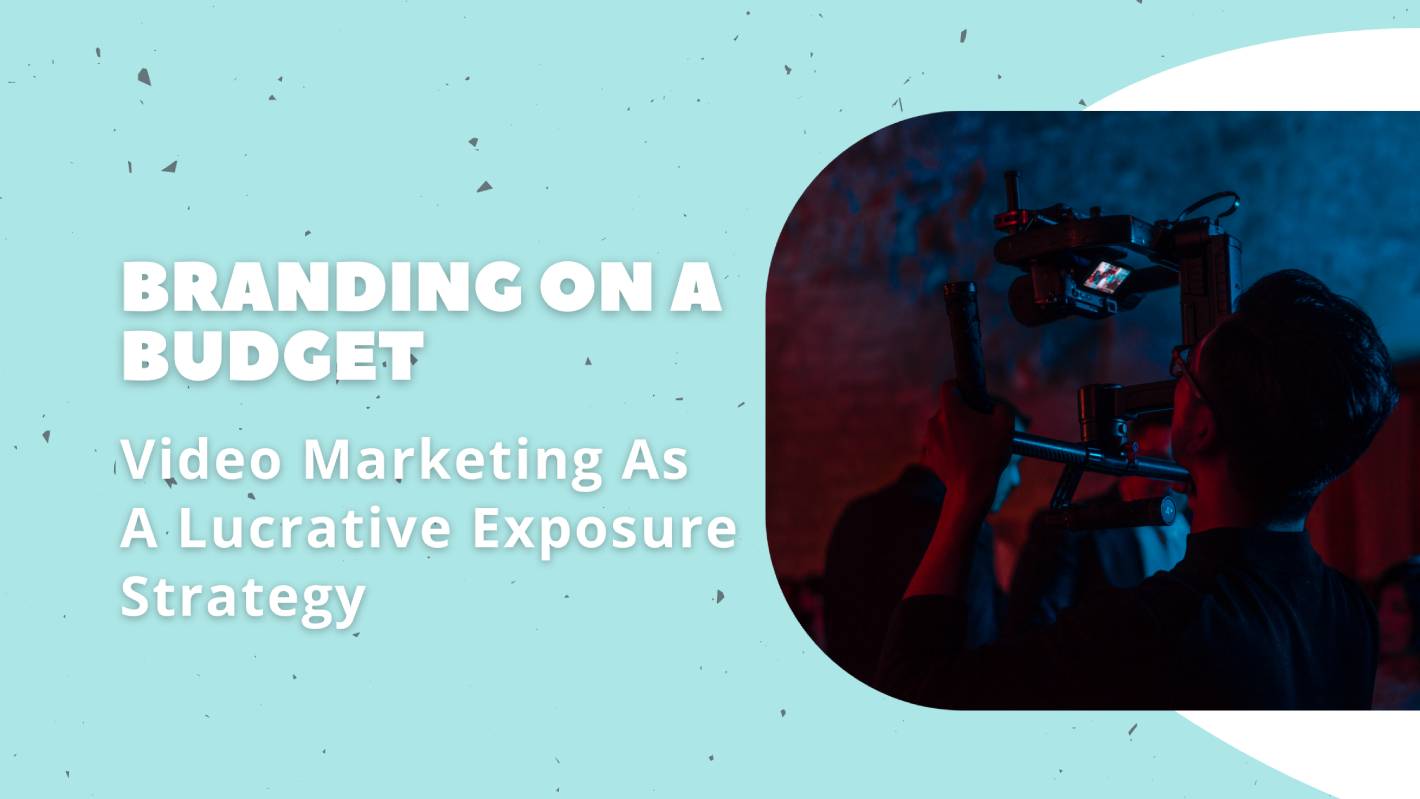Marketing analysis shows that 75 million consumers watch video content online every day. In fact, today’s world of video content goes way beyond Youtube. Tik Tok and Vine offer shorter digital opportunities, while Facebook, Linked In, and Google are excellent platforms for longer content. Whatever your strategy, one thing is clear: video content promotes brand awareness, increases engagement with your product, builds trust in your company, and generates sales.
And there’s a reason why video works. Our brains are wired to more efficiently process visual information. Neuroscientists estimate that 90% of the information we process is visual and that the brain retains about 80% of that information. In contrast, we only hold onto about 20% of what we read. And, unlike the stills of traditional print media, video allows a much broader range of storytelling and product selling possibilities. Simply put, you can just do more with video. And the icing on the cake? Contemporary viewers are ten times more likely to share, like, and comment on video content.
With that in mind, we offer some examples of how video content can be used in particular industries; ideas that could easily translate to your needs so you can turn video content strategies into higher profits for your business.
Real Estate
Perhaps no other industry has turned to the benefits of video as quickly as has real estate.
According to Inman Real Estate News for Investors, 85% of both buyers and sellers seek real estate agents who use video content. Home buyers overwhelmingly use it to research the community in which they want to live and also to virtually tour inside homes.
Analysis demonstrates that well-produced videos are over 150% more likely to entice beginning home buyers to real estate listings. And for those close to committing to buying, video content can be the nudge that drives a consumer to contact an agent or seller. Here are just a few of the ways in which video is being used in the real-estate industry:
Aerial drone video:
Overhead views of neighborhoods, large pieces of property and their features, and even adjacent districts have become popular ways to let buyers see the bigger scope of the property they’re interested in.
Community Guides and Tours:
Not only do tours offer buyers a chance to see the selling features of the neighborhood, but you can also use such content to make connections with local business owners.
Agents can use video content to create rapport with buyers and to convince them that they should work with the representative company.
Testimonials
As a sales point, what could be better than having previous buyers and sellers, inspectors, lenders, and contractors speak to how easy an agent is to work with and why they are the right choice for the consumer?
Breweries
While the microbrewing industry may seem a less formal market than real estate, it equally offers great potential for using video content to maximize profits.
Between 2006 and 2016, the number of active breweries in the U.S. grew from 1,460 to 5,300, and 75% of those breweries are the small, independent operations that benefit from inexpensive video content.
Just take a look around the next time you’re in a brew pub and you’ll see pints in one hand and devices in another. That’s a sales opportunity! Odells Brewing in Ft. Collins, Colorado, says that their inclusion of video content has resulted in 180,000 consumers signing on for their Facebook and Instagram content. So what are brewers using video for?
Telling the company story:
Interviews with the company founder(s) and the brewers personalizes the experience for consumers, and the company’s narrative drives sales in an industry largely based on personal tastes and identification with a brand.
Brewing history:
Whether sharing background on an ingredient, walking a consumer through the brewing process of their tap favorite, or sharing brew recipes (for an excellent example see Dogfish Breweries series of “ancient brews”), process videos speak to the aficionado, offering them fodder for dinner conversations.
Tasting notes:
Gone are the days of pilsners only. IPAs, stouts, porters, sours, bocks, wheats, and more speak to the wide variety of palates. And just like in the wine industry, enthusiasts want to know more about discerning varieties and the tastes they will experience.
Shoes
In one of the most interesting and lucrative video partnerships of the decade, shoe-giant Nike paired with an up-and -coming pair of influencers, the father-and-son team of Dan and Lincoln Markham, to produce a portion of their Youtube series called “What’s Inside.” The team produced videos looking at the make-up of products by cutting them in half. The seven sponsored videos the pair created in conjunction with Nike headquarters led to over six million subscribers for the Youtube influencers and a huge boost in sales for the company.
Some of the ways in which shoe designers are using video content to create loyal customers and build profits include:
Telling the story of shoe design:
This, in fact, is the focus of the “What’s Inside” series and allows transparency as well as a chance to highlight innovation, sustainability, and durability.
Show the shoe in action:
Nothing sells shoes more than seeing them on the streets, the playing fields, the dance floors, or wherever else they are meant to tread.
Documentary content:
Megan Batoon created a VLog of her preparation for a Half Marathon, and, in the process, showcased Nike running shoes. Such activity specific content speaks to enthusiasts and offers companies a chance to promote not only their product but also their dedication and connection to the activity.
Technique videos:
Particularly when it comes to sports shoes, technique videos offer companies a subtle opportunity to showcase their product and to create a lasting brand connection between the company and excelling in the activity.




